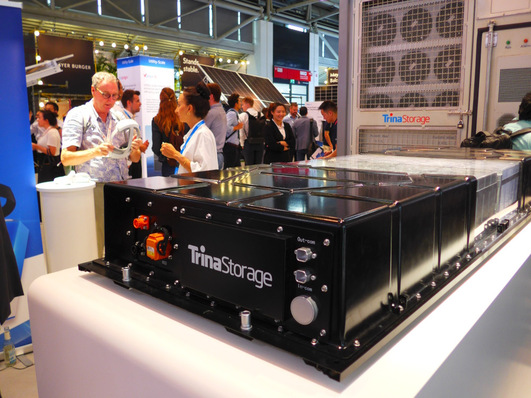In the Flex-E-Home research project, the participants are also testing grid-serving services. Along with HPS, the heat pump manufacturer Vaillant, the timber house builder Albert Haus and the University of Technology Berlin are also involved. At present, most buildings with photovoltaic systems and batteries produce too much electricity for their own use in summer and too little in winter. This places an increasing burden on the distribution grids and requires fossil reserve power plants. This is another reason why the solar power system was designed very large with a total output of almost 30 kilowatts - to produce a solar surplus.
Storage for months with hydrogen only
In the Flex-E-Home research project, electricity is therefore only fed into the grid or drawn from it when it is useful for the grid. This is only possible due to a significantly larger storage capacity compared to batteries and storage for longer periods with hydrogen. Thanks to this flexibility, grid stability is improved and the need for expansion of the decentralised distribution grids is minimised. "In this way, we are already enabling the technical standard of tomorrow in new buildings today," explains Zeyad Abul-Ella, head and founder of HPS.
See also: HPS has sold over 500 Picea hydrogen home power units
The owners of such a building thus contribute to grid stability and supply security. In the future, such decentralised flexibilities will be indispensable for the success of the energy transition, Abul-Ella emphasises. A key component of the project is HPS's long-term storage system, which stores the surplus electricity from the solar system in summer in the form of hydrogen by means of electrolysis. In winter, the green gas is converted back into electricity and heat via the fuel cell.
All energy flows are monitored
In combination with a heat pump, this ensures that the house is supplied with self-generated solar power all year round. The interaction with the heat pump in particular is to be investigated more closely in the project. In order to document the full supply and a grid-serving feed-in, the TU Berlin will monitor all energy flows in the house for two years. During this time, a family of four will rent the project house. (nhp/mfo)
Also interesting: 15 gigawatts of green energy projects in Q Energy’s European pipeline








